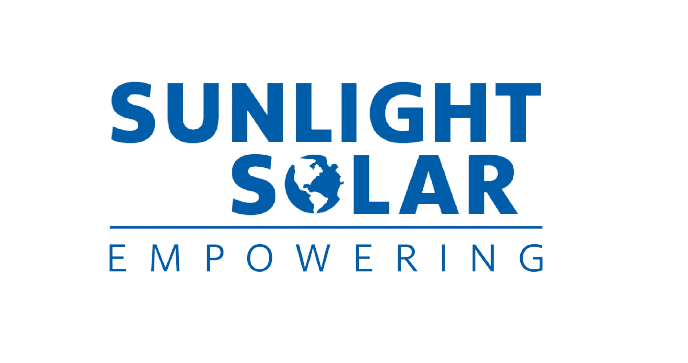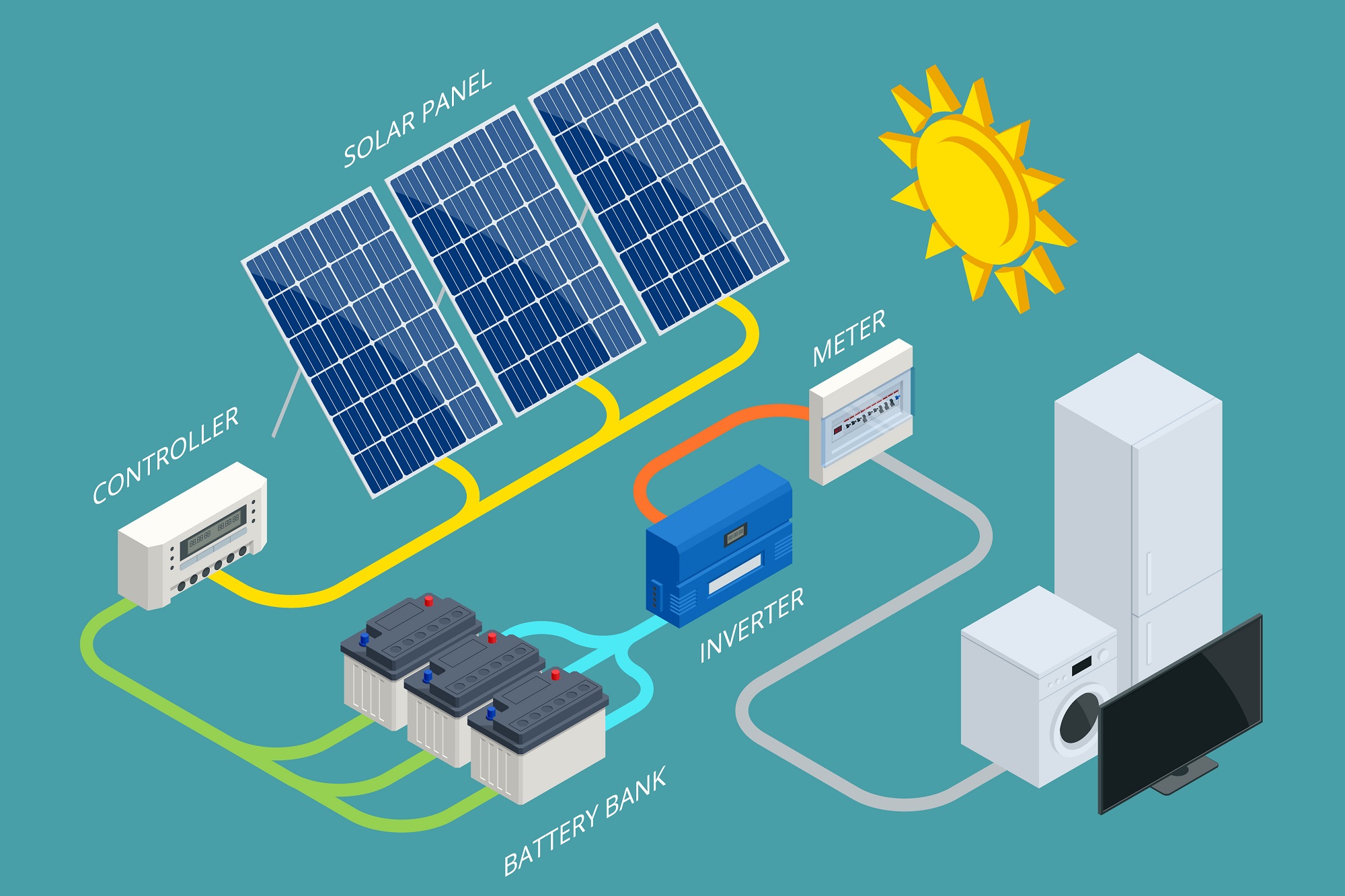Solar power has been around since the 1950’s and recently solar energy stored in batteries or what we call ‘storage’, is – in some areas of the country making solar even more practical. If you’re curious about solar energy or want to know how you can use solar power for your home, good news – we’ll break down everything you need to know about solar storage batteries and how they work in detail.
Battery Energy Storage Explained
In a nutshell, batteries use chemical potential energy to store electricity when a device or system has an electrical surplus. Solar storage batteries ‘store’ energy in the same way as other forms of batteries:
- A battery has a cathode and anode, which are opposite kinds of electrical terminals. They are separated by an electrolyte, which facilitates electrical transference
- The battery is attached to an exterior circuit. As electrons go through the circuit, their ions go through the electrolyte
- The ions move between the cathode and anode and increase chemical potential energy, which results in the battery being charged
The only big difference between solar storage batteries and other batteries is that solar batteries get their electricity straight from solar panels.
Now let’s break down the actual energy storage process step-by-step.
Step 1 – Sunlight
It all starts with a little bit of sunshine. Without getting too technical, solar panels let photons (which are light particles) impact electrons and knock them away from atoms. This charges the atoms and generates an electrical flow.
The greater the sunlight, the more electricity is charged. That’s why solar batteries charge up faster in the middle of the day when the sun is highest in the sky. This is also why solar batteries charge more slowly when there is less sunlight, either due to cloud cover or because of the time of day.
Step 2 – Energy Conversion
As electricity is generated by the solar panels, the electricity enters the battery through wafers of materials like silicon, plus circuits. At this point, the energy is typically stored as DC or direct current electricity rather than its opposite, AC or alternating current electricity.
DC vs AC Electricity
What’s the difference between direct current and alternating current electricity?
In brief, DC or direct current power is straight or linear electrical current. It means that the electricity goes in a straight line or goes from point A to point B without changing its charge. Direct current is special because its voltage delivery (i.e. how powerful it is) is more consistent than that of alternating current.
AC or alternating current electricity, on the other hand, has a current flow that can swap between positive and negative. In other words, it goes in two directions.
Both AC and DC electricity are used for everyday devices and applications. For example, many electronic devices or handheld things use DC electricity. But many household appliances, like washing machines, refrigerators, and even household lights use AC power.
AC electricity is actually more common. Power outlets in homes bring energy into buildings as alternating current. The house then uses a converter to change the alternating current into DC electricity. Why? DC electricity can’t travel as far as AC electricity. Plus, AC electricity is cheaper to make.
Due to the way solar energy conversion works, light is first captured as DC electricity. Then the battery storage process shifts depending on the type of solar panels you have.
Step 3A – DC-Coupled Conversion
If you have a basic DC-coupled solar energy system, the electricity enters your solar battery immediately. It is also stored as DC electricity rather than converting to AC and being stored in that form.
When your home or appliances need electricity, the electricity leaves the solar battery and enters an inverter. The inverter converts the DC electricity into AC electricity, which is then used by your home’s appliances and devices.
Step 3B – AC-Coupled Conversion
If you have an AC-coupled solar panel system, the process is just a little different.
Sunlight hits the solar panels and your energy is captured as DC electricity as before. However, the electricity then enters an inverter and is converted into AC electricity immediately, which is perfect for instantaneous use by your home.
If there’s any electricity left over, the excess flows back through a secondary inverter. It changes back into DC electricity, where it enters the solar battery for storage. Note that with this system, the electricity has to go through an inverter once again and become AC electricity as soon as your home requires it.
Both forms can work and neither is necessarily better than the other. However, AC-coupled conversion solar energy systems might be a little more efficient since the electricity is made immediately available for home use rather than being stored as DC electricity initially.
Wrap Up
As you can see, solar batteries work and efficiently no matter what. Once again:
- Sunlight is captured
- The sunlight is converted into DC electricity
- Depending on your system, the DC electricity is either stored or converted into AC electricity for immediate use
- In both cases, excess electricity is stored in a solar battery as DC power
With solar storage, you can take advantage of bright, sunny days when there’s plenty of electricity to go around. The batteries will store up all the electricity they can, then make it available to your home for use at night or on a cloudy day.
Solar batteries are a cornerstone technology in green energy and solar power in particular. As solar batteries become more effective, solar power will become even more efficient and ideal for home use.
Even better, you can get started with solar batteries right now by contacting Sunlight Solar. We provide solar storage for all of our residential and commercial solar power systems. Our solar batteries offer major benefits, such as:
- Affordable time of use price rates
- Power grid resiliency
- Storage tracking with our proprietary mobile app
- And more
Contact us today for more information and to learn how we can install a full solar panel system and set of solar batteries in your home soon!


One Comment on “How Do Solar Batteries Work?”
I like that you pointed out how solar batteries are a cornerstone technology in green energy and solar power in particular. I was listening to a podcast about solar energy earlier and I heard a little bit about the use of solar batteries. I also heard about other interesting things, like aviation solar battery chargers.